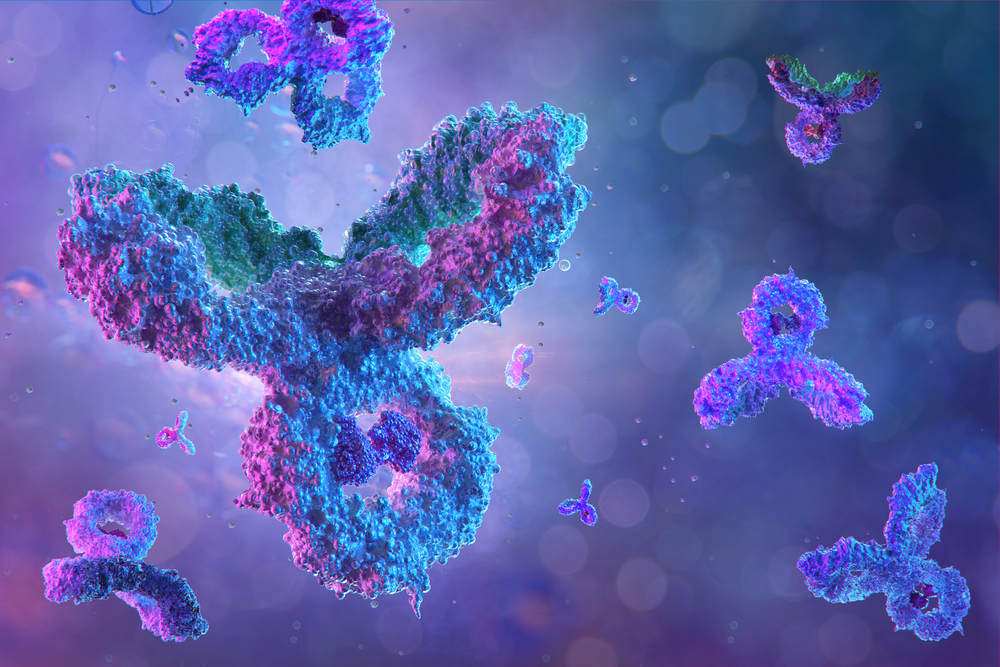
What is it?
Allergies (also known as ‘hypersensitivities’) are overreactions of the immune system to substances that do not cause reactions in most people. Hypersensitivities are grouped into four types - I, II, III and IV. These classifications are based on which parts of the immune system are activated and how long it takes for a reaction to occur.
The two types of hypersensitivities commonly associated with the term allergies are type I or ‘immediate’ hypersensitivities and type IV or ‘delayed’ hypersensitivities.
In type I hypersensitivity, a particular foreign substance (known as an allergen) reacts with a specific type of antibody called immunoglobulin E (IgE) – this reaction causes symptoms to appear within minutes. In type IV hypersensitivity, the allergen reacts with a specialised type of cell called a T-lymphocyte. In this case symptoms take hours to days to appear.
Type I
Type I hypersensitivities affect mainly the respiratory system (nose, throat, lungs) , the gastrointestinal system (stomach, intestines, bowel) and the skin. They occur most frequently in those with a family history of allergies (although not always to the same substance). The first time a predisposed person is exposed to a potential allergen, they will not have a major reaction; instead, they will create a specific IgE antibody and become 'sensitised'. This exposure may occur through the skin in children with atopic dermatitis (eczema); thus, a reaction might occur on the first consumption of food as is common in peanut allergy.
If that person is exposed to the allergen again, the specific IgE identifies the allergen, attaches to it, and triggers the release of chemicals, including histamine, that cause allergic symptoms. These symptoms start wherever the allergen was introduced (for example, in the mouth, nose or on the skin).
On the skin, an acute type I allergic reaction can cause a rash, dermatitis and itching, while in the long term the allergy may cause atopic dermatitis and eczema. In the respiratory tract, the acute allergic reaction causes coughing, nasal congestion, sneezing, throat tightness and in the long term, asthma. It can also cause red itchy eyes. Acute allergic reactions in the gastrointestinal system start in the mouth with tingling, itching, a metallic taste and swelling of the tongue and throat, followed by abdominal pain, muscle spasms, vomiting and diarrhoea, over time leading to a variety of gastrointestinal problems.
Any severe acute allergic reaction also has the potential to be life threatening, causing anaphylaxis, a reaction spread throughout the entire body that can start with agitation, a 'feeling of impending doom' pale skin (due to low blood pressure), shortness of breath and/or loss of consciousness (fainting). Anaphylaxis can be fatal without the rapid administration of an adrenaline injection.
Type I allergic reactions can be variable in severity, one time causing a rash, the next time anaphylaxis. Type I allergies can be to just about anything: foods, plants (pollens, weeds, grasses, etc), insect venoms (for example wasp or bee stings), animal dander (from the fur of cats and dogs), dust mites, mould spores, occupational substances (for example latex) and drugs (such as penicillin). There can also be cross-reactions, where someone allergic to grass pollen, for instance, may also react to melons and tomatoes. The most common food-related causes of severe anaphylactic reactions are peanuts, tree nuts (such as cashews) and crustaceans (such as prawns). Many other foods including the common food allergens such as eggs, milk, soy, wheat, fish and sesame may lead to anaphylaxis.
Type IV
Type IV delayed hypersensitivity reactions are most often skin reactions. Common examples include reactions to metal and jewellery. They occur when an allergen interacts with specific T lymphocytes. No immune system sensitisation is necessary; a person can have a type IV reaction with the first exposure. Type IV hypersensitivity is usually a reaction (redness, swelling, hardening of the skin, rash, dermatitis) that occurs at the exposure site hours to days after exposure.
Non-allergies
There are other reactions that can cause allergy-like symptoms but are not caused by an activation of the immune system. They range from toxic reactions that affect anyone who has sufficient exposure, such as food poisoning caused by bacterial toxins, to genetic conditions, such as intolerances caused by the lack of an enzyme (for example, the inability to digest milk sugar, resulting in lactose intolerance) and sensitivities to things like gluten (in coeliac disease). Symptoms can also be caused by medications such as aspirin and ampicillin, pain/itch receptor triggering by some food dyes and additives, food dyes, MSG (monosodium glutamate – a food flavour additive) and by some psychological triggers. While these diseases and conditions may need to be investigated by your physician, they are not allergies and will not be identified during allergy testing.
Tests and treatment
The diagnosis of an allergy starts with a careful review of the person’s symptoms, family history and personal history, including the age of onset, seasonal symptoms and those that appear after exposure to animals, hay, or dust, or that develop in specific environments (e.g. home and work). Other environmental and life style factors such as pollutants, smoking, exercise, alcohol, drugs and stress may make the symptoms worse and should be taken into consideration. Once the list of possible allergens has been narrowed, specific testing can be done.
Other tests not widely accepted as useful by the Australasian Society of Clinical Immunology and Allergy include:
Pathology Tests Explained (PTEx) is a not-for profit group managed by a consortium of Australasian medical and scientific organisations.
With up-to-date, evidence-based information about pathology tests it is a leading trusted source for consumers.
Information is prepared and reviewed by practising pathologists and scientists and is entirely free of any commercial influence.